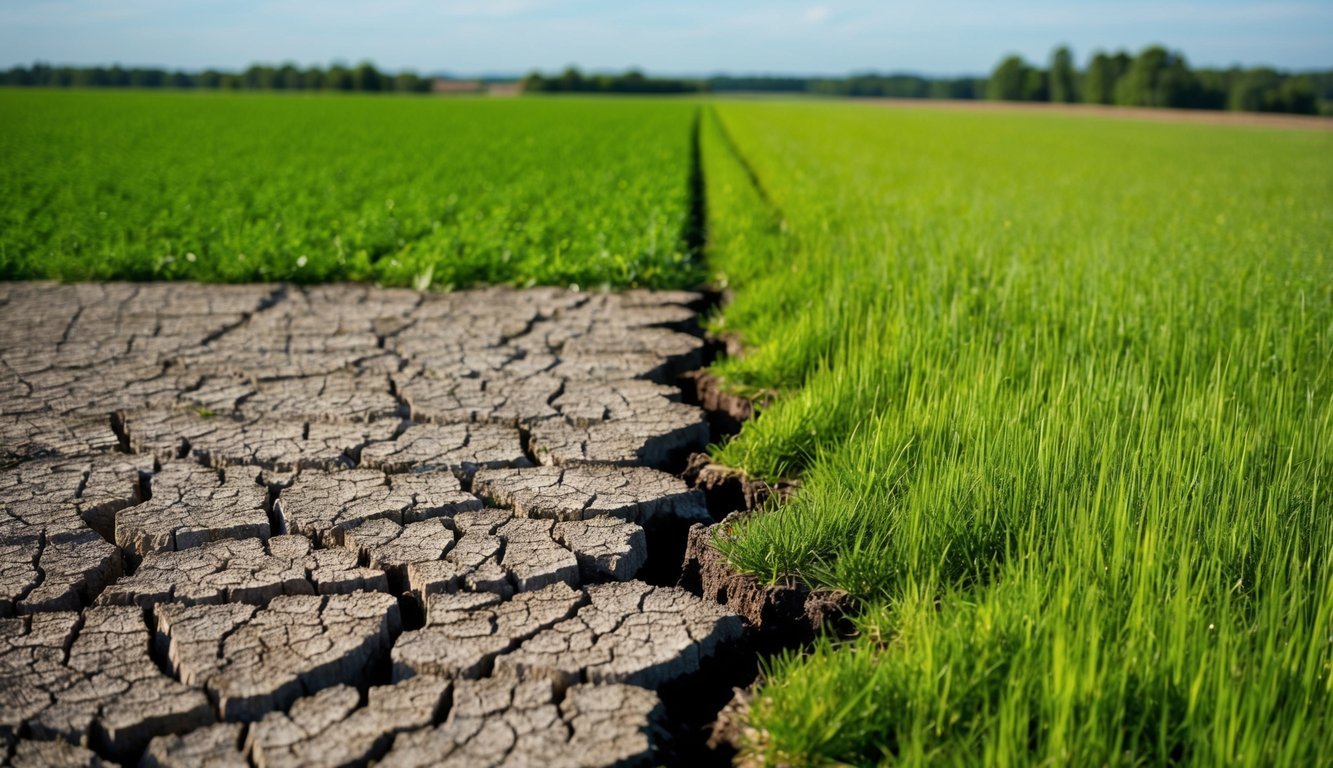
A new study from Penn State researchers sheds light on a serious issue: the concerning depletion of phosphorus, a crucial soil nutrient that supports life, from agricultural fields throughout the United States.
Published on November 18 in the Proceedings of the National Academy of Sciences, the research analyzed data from 430 rivers across the country and uncovered a troubling trend.
Over the past four decades, phosphorus loss has significantly escalated, even as efforts to tackle the problem continue.
Impacts of Phosphorus Depletion
The decline in phosphorus availability poses a threat to agricultural productivity, potentially leading to soaring food prices down the line.
According to Li Li, a civil and environmental engineering professor at Penn State and the study’s lead author, the recent spate of extreme weather events has illustrated how heavy rainfall can worsen flooding and erosion, washing away vital nutrients from the soil into our rivers.
This finding underscores a pressing concern: phosphorus – an irreplaceable resource crucial for our agricultural systems – is being lost at an alarming rate.
Research Findings
Phosphorus plays an essential role in many biological processes, including DNA synthesis and converting energy at the cellular level.
Unlike nitrogen, which can be replenished, phosphorus is trapped in finite mineral deposits.
Once it washes away into waterways, there’s no natural way to restore it in the soil.
Li pointed out the various ramifications of phosphorus depletion.
The loss of this nutrient poses risks not only to crop yields—potentially driving up food costs—but also exacerbates environmental challenges, such as harmful algal blooms.
These blooms can make water unsafe for recreational use and deplete oxygen levels in aquatic ecosystems, leading to fish deaths and further ecological damage.
As phosphorus accumulates in water sources, it complicates drinking water treatment processes, resulting in higher expenses for consumers.
Proposed Solutions
Using advanced deep learning techniques, the researchers examined four decades of river data, revealing a surprising situation where, while total phosphorus influx into water bodies is rising, about 60% of rivers are showing declines in phosphorus levels.
The study identified agricultural regions as the main contributors to phosphorus pollution, with elevated levels detected near these areas, in stark contrast to the decreasing levels observed near urban regions.
This disparity indicates that current strategies aimed at curbing agricultural runoff might not be as effective as hoped, although measures to tackle phosphorus from urban wastewater sources seem to be more successful.
Li linked the overall upsurge in phosphorus to the increased frequency of severe weather patterns associated with climate change, which result in heavier rains and stronger river flows.
This interplay highlights the intricate relationships between agriculture, weather phenomena, and nutrient management across diverse landscapes.
To combat the rising phosphorus pollution from farming, the researchers call for improved prevention and mitigation techniques.
With climate change intensifying rainfall and flooding, new agricultural technologies and modifications to farming approaches are likely essential.
One innovative solution on the horizon is a fertilizer named Phospholutions, designed to enhance phosphorus retention in the soil.
Developed by Penn State alumnus Hunter Swisher, this initiative has demonstrated remarkable results, reducing runoff potential by 78% compared to conventional fertilizers.
Ultimately, the study urges a greater focus on creative solutions and adaptable strategies for phosphorus management.
With the delicate balance between land health and water quality increasingly threatened, immediate action is vital to protect this essential nutrient for future generations.
Source: ScienceDaily

